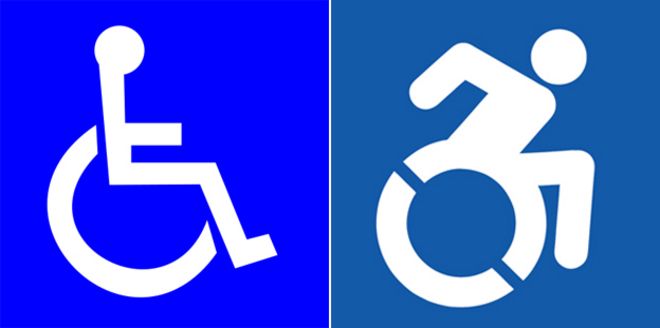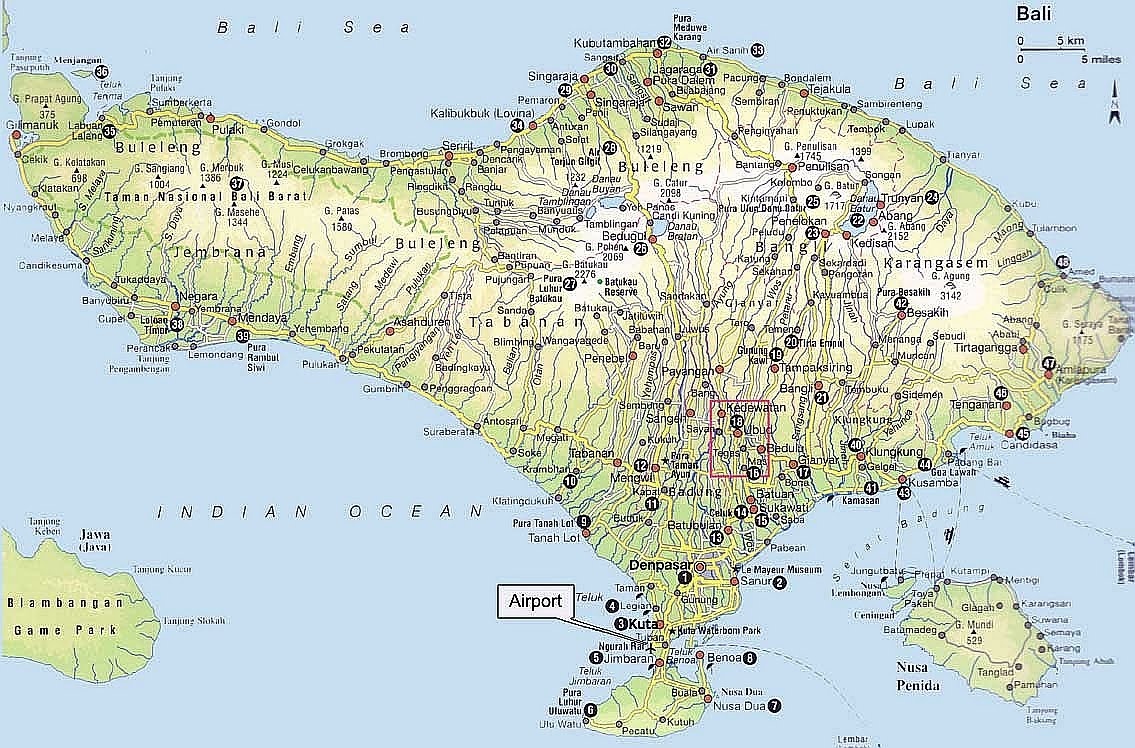| No Images? Click here By Nick Baumann and Samantha StoreyJordan Green, a North Carolina-based reporter, was covering the protests around the toppling of Silent Sam, a Confederate monument at the University of North Carolina, when he noticed something odd: Two men making their way through the crowd, shining lights in protesters' faces, asking questions that seemed designed to provoke confrontations. The men, it turns out, were from a newish conservative website called Big League Politics. We asked Green to write a story about the site — and asked him about it.How did this story come about?I’d been tracking racially charged threats of violence against anti-racist activists in North Carolina for a couple months. In this combustible climate, in which anti-racist activists felt threatened and vulnerable, I started getting messages from anti-racist activists complaining that people associated with a site called Big League Politics were coming on campus and trying to instigate confrontations. Although I wasn’t familiar with BLP, I knew about the right-wing conspiracy theory insinuating that UNC professor Dwayne Dixon was a part of a vast left-wing plot and somehow engineered James Fields’ deadly car-ramming attack at the Unite the Right rally in Charlottesville — an outrageous slander against Dixon, who was providing armed defense of anti-racist activists. I also sensed that BLP’s confrontational videos documenting encounters with anti-racist activists could feed into distorted narratives about supposedly violent and out-of-control “antifas” for consumption on larger right-wing media platforms like Fox News. What was the hardest part about reporting, writing or editing this piece? The hardest part of reporting this story was finding a way to give Big League Politics operatives and their friend, Noel Fritsch, the opportunity to tell their side of the story, without also providing them with a platform for retailing conspiracy theories that are both useful to white nationalists’ agenda and to broader conservative efforts to crack down on "militant" anti-racists. I knew that it would be difficult, if not impossible, to gain full cooperation from the anti-racist activists who are a target of BLP’s stories because they are justifiably fearful of having their names, images and identities publicized, and thus subject to doxxing by white supremacists and other far-right activists who avidly consume BLP’s media. So I knew that I would have to independently confirm events on the ground in Chapel Hill and rely on court documents to provide a narrative for the story that wasn’t dependent on anti-racist activists’ cooperation. Another facet of the story that was challenging was auditing the massive quantity of BLP’s coverage, along with the principals’ social media feeds, over 12 months to accurately describe the website’s perspective and to gauge their influence. What did you find that most surprised you? What surprised me most was that Big League Politics was not as influential in the right-wing media ecosystem as I'd first thought. Although Patrick Howley is a former reporter with The Daily Caller, a website founded by Fox News contributor Tucker Carlson, I couldn’t find many examples of Howley either appearing as a guest on more mainstream platforms or breaking stories that gained larger currency in right-wing media. Also, it was surprising that during the reporting of this story, Noel Fritsch parted ways with Corey Stewart, a candidate for U.S. Senate in Virginia who has embraced the cause of preserving Confederate monuments. Although it’s unclear who severed the relationship, it’s apparent that among those active in far-right media and politics, there’s a high degree of concern about optics and acceptable discourse, so that politicians, activists and media personalities are constantly rearranging relationships to skirt the charge of extremism and white nationalism. On a more mundane level, Big League Politics, like all of us in journalism, is constantly scrambling to break stories that will influence the discourse and struggling to maintain relevance. Howley and co. are asking aggressive questions that advance a white nationalist conspiracy theory. But they are asking questions. Is it fair to call them journalists? If so, what are other journos' obligations to stand up for them? It’s really tricky. Under a classically liberal First Amendment framework, anyone can call themselves a journalist and has the right to observe and ask questions no matter how problematic their viewpoint is. In the sense that they’re breaking stories and getting scoops, they are journalists. For example, BLP reporter Peter D’Abrosca filmed student Margarita Sitterson acknowledging her participating in the toppling of Silent Sam to another reporter. BLP published that video, and it resulted in misdemeanor charges against Sitterson. In a sense, they’re working the other side of the street of journalists who were on the ground in Charlottesville and reviewed hours of videotape to identify white supremacists who assaulted anti-racists, leading to criminal charges. But that position would have to assume that tearing down Silent Sam — a statue that symbolically reinforces hundreds of years of violent white supremacy — is equivalent to assaulting people in the street under the banner of a white nationalist ideology that seeks the exclusion and removal of people of color, Jews, immigrants and LGBTQ people. That’s the most generous way to view Big League Politics' “journalism." But when you consider the site’s selective use of information and images designed to promote an idea of anti-racist activists as being violent, unhinged and intolerant, coupled with their refusal to include other relevant information — for example, the historic legacy of Silent Sam, violence and threats against anti-racists, and aggressive policing that contributes to tension at protests — the noise-to-signal ratio in BLP’s media is so high that their output looks more like propaganda than journalism. I think that journalists do have an obligation to call attention to Big League Politics because their confrontational approach and often irresponsible handling of information contributes to distrust towards more conventional journalists, and makes it more difficult to cover protests where there is significant tension between ideologically opposed groups. Journalists already have to contend with violence from far-right activists and police at protests. When antiracist activists have difficulty distinguishing between conventional journalists and Big League Politics, or even a neo-Nazi with a cellphone collecting video to dox activists, it becomes more likely that antiracist activists will try to prevent us from doing our work, and sadly sometimes even assault journalists. In that sense, Big League Politics’ aggressive tactics can escalate tension to create a self-fulfilling prophecy where, in some cases, antiracists are indeed harassing journalists. What do you want readers to take away? The main thing I hope readers take away is that in our increasingly polarized political environment, narratives emerge about antiracists, far-right movements and law enforcement through a complicated interplay of social media, boutique ideological media outfits and the conventional media. It’s important to understand the underlying agenda of smaller players like Big League Politics that have at least the potential of influencing larger outlets like Fox News or interjecting powerful content into social media that shapes the national conversation in other ways that eventually filter up to the mainstream. Antiracist activists are becoming increasingly sophisticated about which journalists they deal with, and journalists likewise should do their homework about how outfits like Big League Politics are not only trying to cover the story but shape the outcome. Even more must reads:
HuffPost is now a part of Oath and a part of Verizon. On May 25, 2018 we introduced a new Oath Privacy Policy which will explain how your data is used and shared. Learn More.The internet's best stories, and interviews with the people who tell them. Like what you see? Forward it to a friend. Or sign up! Can't get enough? Check out our Morning Email.©2018 HuffPost | 770 Broadway, New York, NY 10003 |
skip to main
|
skip to left sidebar
skip to right sidebar
Black as the devil, Hot as hell, Pure as an angel, Sweet as love.
Travel to Indonesia
Contact Our Team:
Raja Kelana Adventures Indonesia
Raja Kelana Adventures Indonesia
Email: putrantos2022@gmail.com
Facebook Messenger: https://www.facebook.com/putranto.sangkoyo
Our Partner
Blog Archive
-
▼
2018
(486)
-
▼
October
(38)
- Wednesday Morning Briefing: Climate crisis beneath...
- US Coffee Aid + A Coffee Colossus in Texas
- Tuesday Morning Briefing: How would a Democratic H...
- Monday Morning Briefing: Lockdowns, then locked ar...
- Most people don't think twice about getting in the...
- Fwd: SPECIAL OFFER PAKET SURGA LOMBOK
- Fwd: [Bedugul Coffee] Sejarah Kopi Soekaboemi - Se...
- Friday Morning Briefing: Using immigration to scar...
- The Automatica Reborn + The Puerto Rico Investment
- Thursday Morning Briefing: Democrat package bombs,...
- Wednesday Morning Briefing: Americans are seething
- Innovation in Espresso + US Officially Out of the ICO
- Tuesday Morning Briefing: A killing run over Skype
- Monday Morning Briefing: Saudi calls Khashoggi kil...
- The site that falsely blamed a UNC prof for Heathe...
- Friday Morning Briefing: Turkish police expand sea...
- The 2019 Roasters of the Year
- Thursday Morning Briefing: Beto's uphill battle
- Wednesday Morning Briefing: Pompeo meets Turkey's ...
- A New Social Contract for Coffee + Producer Groups...
- Tuesday Morning Briefing: Pompeo meets Saudi king ...
- Monday Morning Briefing: Trump says he is 'comfort...
- She was hired to make big changes. Now this organi...
- Friday Morning Briefing: Empty shelves, poor custo...
- Able Acquired + Coffee's Circular Economy Opportunity
- Thursday Morning Briefing: Hurricane Michael heads...
- Wednesday Morning Briefing: Hurricane Michael set ...
- A New Trading Platform + FrankOne's Unique Immersion
- Tuesday Morning Briefing: Brett Kavanaugh gets to ...
- Monday Morning Briefing: Pompeo's chilly meeting i...
- A hated poet unmasked the most mysterious poetry s...
- Friday Morning Briefing: Republicans duck the pres...
- The Latest on Coffee Science + Coffee in India
- Thursday Morning Briefing: White House receives FB...
- Wednesday Morning Briefing: In North Dakota, Kavan...
- One Roaster's Transparency Coup + US Coffeeshop Data
- Tuesday Morning Briefing: FBI talks with school fr...
- Monday Morning Briefing: Can Democrats regain cont...
-
▼
October
(38)









